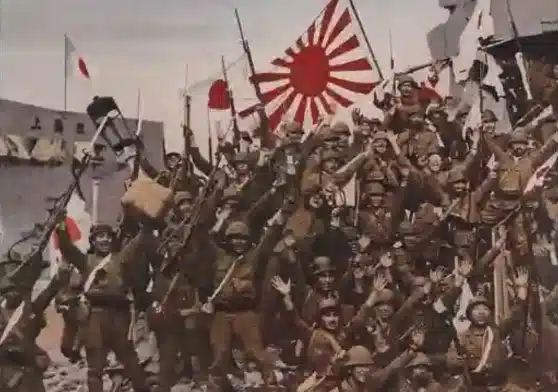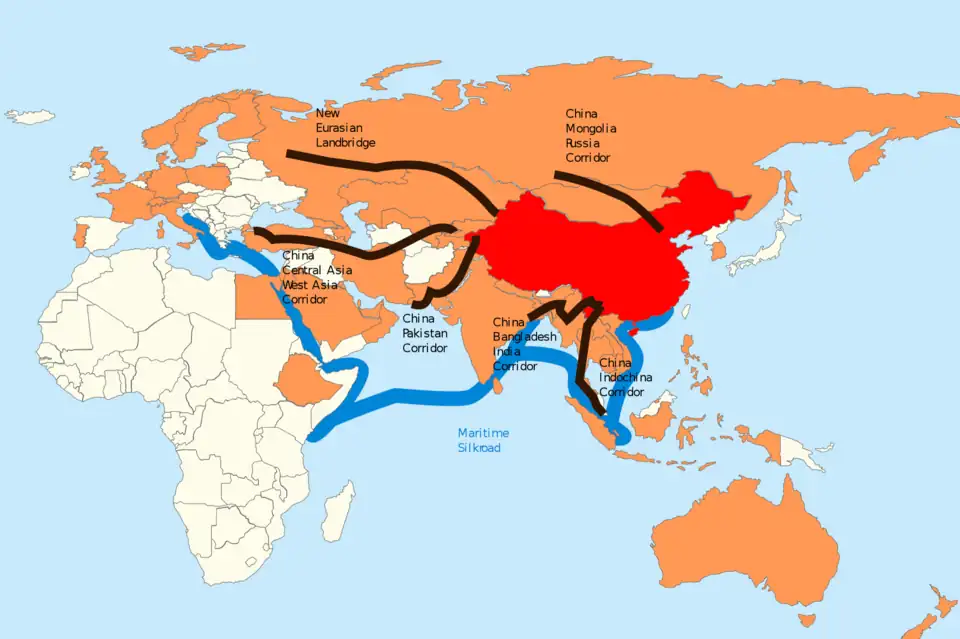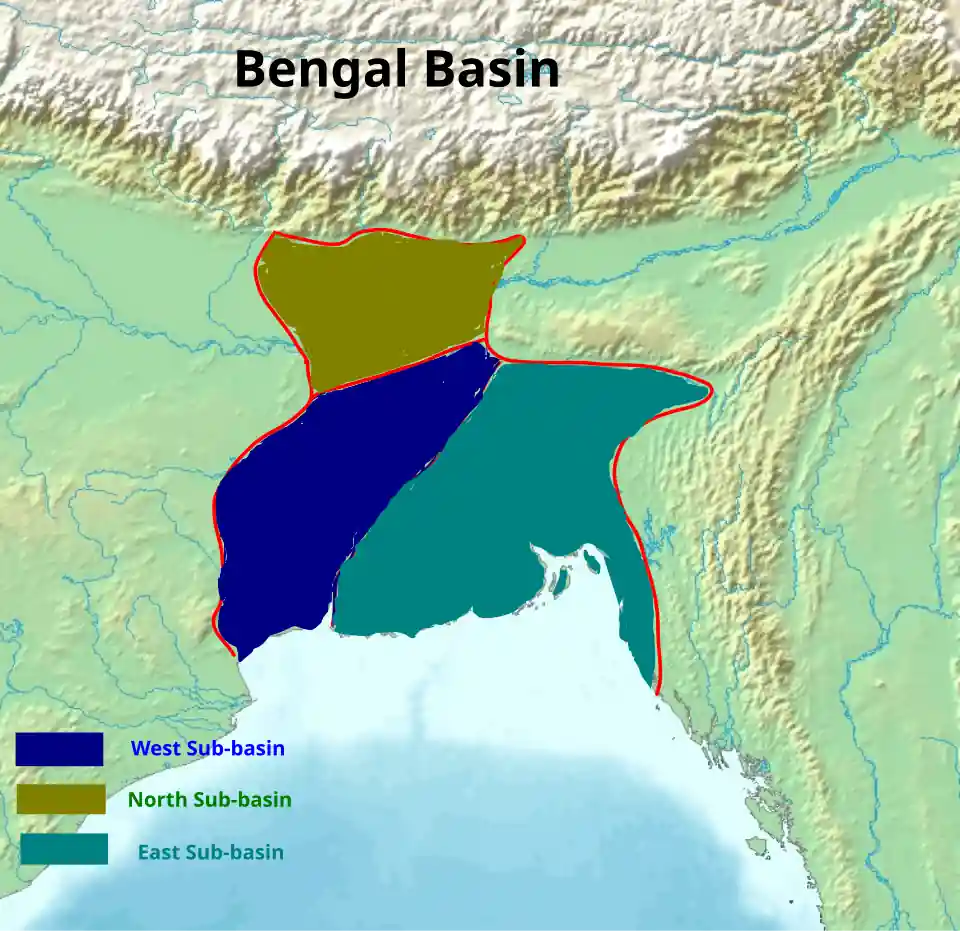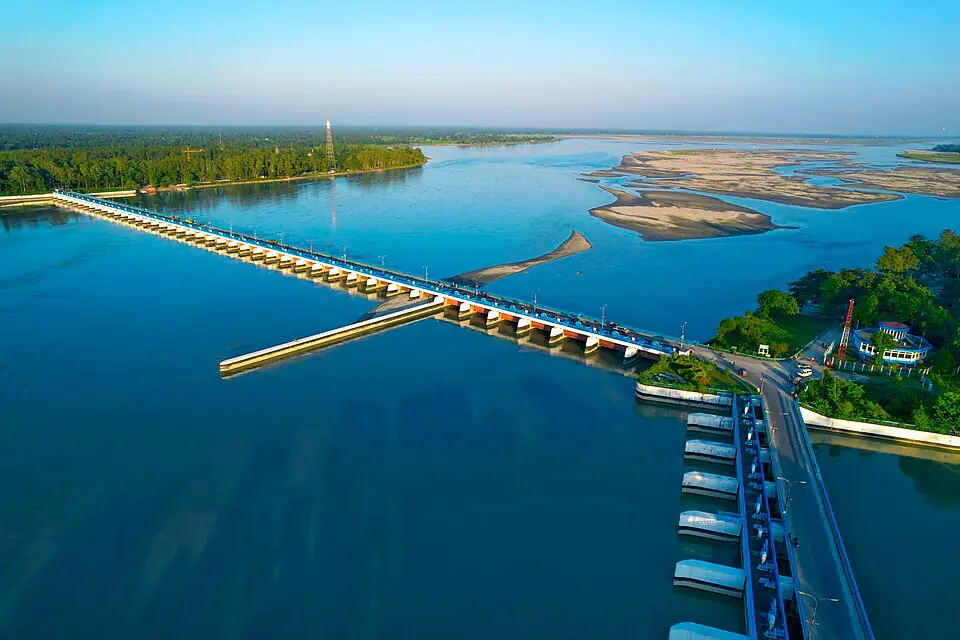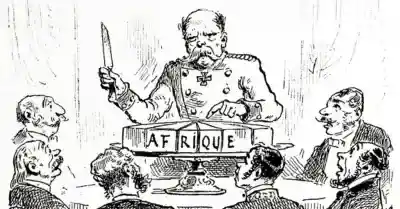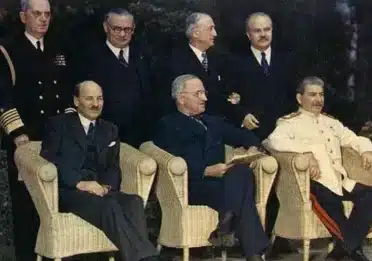Unraveling the Complexities of Korea’s Peninsula Story
The Korean Peninsula is unique due to its geopolitical significance, the Division of Korea into North and South, North Korea’s isolation and pursuit of nuclear weapons, South Korea’s economic development and cultural exports, and its profound impact on regional dynamics in Northeast Asia.
 |
| Image Source: Google, Russian soldiers in North Korea |
The division of Korea in 1945, following the conclusion of Japanese colonial rule (1910-1945), initiated a tumultuous journey for the Korean Peninsula. This pivotal moment in history, which commenced on August 17th, 1945, unfolded amidst intricate geopolitical dynamics involving major powers such as the United States, the Soviet Union, China, and Japan. This article delves into the sequence of events leading to the division, the significant roles assumed by these global actors, and the enduring consequences resonating to the present era.
The division of Korea emerged following Japan’s defeat in World War II. Leaders from various nations determined that Korea should be liberated from Japanese rule and placed under international administration until the Korean people could establish self-governance. As the war concluded, the United States proposed dividing Korea along the 38th parallel, with one part under American influence and the other under Soviet control. The Soviet Union accepted this suggestion, leading to the establishment of separate zones for each superpower.
💻 Table of Contents:
- The Cold War and Korea’s Division
- The Outbreak of Conflict and Enduring Separation
- Founding Ideologies: North and South Korea
- The Catalyst of Conflict: The Korean War
The Cold War and Korea’s Division:
Following World War II, initial plans for a temporary partition of Korea were derailed by the escalating tensions of the Cold War and other geopolitical complexities. Discussions between the United States and the Soviet Union failed to yield a resolution, leading to the abandonment of the proposed international administration. Consequently, the matter was brought before the United Nations.
Despite efforts to find a mutually agreeable solution, the UN’s attempts faltered, ultimately resulting in the organization of elections solely in the US-occupied southern region in 1948. Syngman Rhee, backed by the United States, emerged victorious in these elections, while Kim Il Sung consolidated his leadership in the Soviet-occupied northern territories. This division, compounded by the ideological rivalry between the US and the USSR, set the stage for further conflict and animosity.
 |
| Image Source: Google, American troops landing at Pohang (South Korea) |
The Outbreak of Conflict and Enduring Separation:
The year 1950 marked a turning point in the history of Korean Peninsula as North Korea launched a military assault on South Korea, igniting the Korean War. The conflict raged for three years, ending in 1953 without a clear victor and culminating in the establishment of the Korean Demilitarized Zone (DMZ), a heavily fortified border separating the two Koreas.
Despite numerous attempts at reconciliation and reunification over the decades, Korea remains divided to this day, symbolizing the enduring legacy of colonial oppression, Cold War politics, and the deep-rooted ideological divisions that have shaped its tumultuous history. The origins of Korea’s partition can be traced back to Japan’s colonization in 1910, which inflicted a period of cultural subjugation, economic exploitation, and political repression, fueling the Korean people’s fervent desire for independence and sovereignty.
Founding Ideologies: North and South Korea
Korea is divided into North and South primarily due to the geopolitical dynamics following World War II. The conclusion of World War II in 1945 had a profound impact on the fate of Korea, which had endured decades of Japanese colonial rule. With Japan’s defeat, the Korean Peninsula swiftly transitioned to a state of newfound independence but also uncertainty. On August 17th, 1945, news of liberation reached the Korean people, marking the end of Japanese colonial dominance. However, the division of Korea became official on September 2nd, 1945, as Soviet forces occupied the northern part of the peninsula, while American forces took control of the southern part.
Initially intended as a temporary measure to facilitate Korea’s liberation and the establishment of a unified, independent nation, this division proved enduring. In the north, Soviet forces established a communist government, paving the way for the creation of the Democratic People’s Republic of Korea (North Korea) with its capital in Pyongyang, embracing socialist ideologies and aligning itself with the Soviet Union.
Meanwhile, in the south, American forces supported the establishment of a democratic government, laying the foundation for the Republic of Korea (South Korea) with its capital in Seoul. The southern region leaned towards capitalist principles and received backing from the United States, setting the stage for the ideological and geopolitical divide that persists to this day.
💻 You May Also Like:
- Korea’s Journey: From Isolation to Japan’s Control
- Korea’s Historical Glimpse: The Outlawing of the PRK & The Four Power Trusteeship
- The Cold War: Collapse of Soviet’s Communist Empire & American Triumph
The Catalyst of Conflict: The Korean War
In 1947, the US-Soviet Joint Commission’s failure to broker a unified Korean government exacerbated tensions, prompting North and South Korea to declare themselves independent sovereign states in 1948. The United Nations recognized South Korea’s sovereignty, while the Soviet Union backed North Korea’s claim, solidifying the division. This division escalated into the Korean War (1950–1953), drawing international attention as North Korea’s invasion of South Korea sparked conflict. The United Nations, led by the United States, intervened in support of South Korea, while China aligned with North Korea, shaping the war’s dynamics.
On July 27, 1953, the United States, North Korea, and China signed the Korean Armistice Agreement, ending three years of fighting in the Korean War. Even though military commanders signed the agreement, it was officially approved by the UN General Assembly on August 28, 1953. This agreement stopped the fighting and gave time for diplomats to negotiate a final peace deal. However, no formal peace treaty was signed during peace talks held in Geneva, Switzerland, in 1954. As a result, technically, the Korean Peninsula is still at war, but the United Nations Command continues to follow the Armistice Agreement to maintain peace.
 |
| Image Source: Google, Korean War Armistice Signing, 27 July 1953 |
Japan’s annexation of Korea cast a dark shadow over Korean history, and the subsequent division of Korea also implicated Japan. Despite initial tensions, Japan gradually normalized relations with South Korea in the 1960s and pursued détente with North Korea in the 2000s. The situation on the Korean Peninsula has also influenced Japan’s security and foreign policy decisions, given its proximity and geopolitical significance in East Asia.
Conclusion: Status of an ongoing relationship
The division of Korea in 1945 marked the onset of a complex and challenging trajectory for the Korean Peninsula, shaping its modern identity and global significance. As separate entities, North and South Korea have evolved with distinct identities, ideologies, and aspirations, underscoring the enduring legacy of division. Today, North Korea’s pursuit of nuclear weapons adds further complexity to ongoing peace efforts, complicating diplomatic negotiations.
The division of Korea on August 17th, 1945, symbolizes the commencement of a multifaceted journey for the Korean Peninsula, whose history remains a focal point of global attention. This historical narrative serves as a poignant reminder of the intricate interplay between nations and the enduring repercussions of past decisions.
While North and South Korea share a common heritage, the political schism since 1945 has engendered notable differences in their contemporary cultures. Despite this divergence, the Korean Peninsula’s unified history underscores its pivotal role on the world stage, highlighting the enduring impact of division on both regional dynamics and global affairs.
Frequently Asked Questions
The Korean Peninsula is unique due to its geopolitical significance, division between North and South Korea, North Korea's isolation and nuclear pursuits, South Korea's economic and cultural influence, and its impact on Northeast Asia's regional dynamics.
After the Korean War (1950-1953), the peninsula remained divided, with the establishment of the Korean Demilitarized Zone (DMZ). Despite attempts at reconciliation, Korea remains split, symbolizing Cold War divisions and colonial legacies.
Korea split into North and South after World War II in 1945. Soviet forces occupied the north, while American forces controlled the south, leading to the official division on September 2, 1945.
Today, North and South Korea remain divided, with distinct identities and ideologies. North Korea's nuclear ambitions complicate peace efforts, while South Korea thrives economically and culturally, maintaining a tense relationship.
The Korean War began in 1950 when North Korea invaded South Korea. The conflict drew international involvement, with the UN (led by the US) supporting South Korea and China backing North Korea.
The Korean War ended in 1953 with an armistice agreement, establishing the Demilitarized Zone (DMZ). However, no formal peace treaty was signed, leaving the peninsula in a state of ongoing tension. What is special about the Korean Peninsula?
What happened to the Korean Peninsula after the Korean War?
Why did Korea split into North and South?
What is the relationship between North Korea and South Korea today?
How did the Korean War start?
How did the Korean War come to an end?

